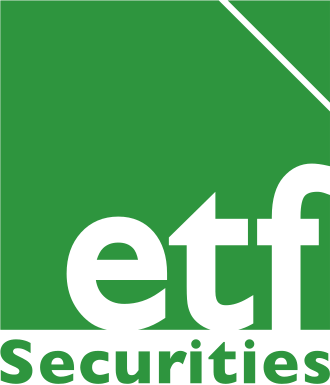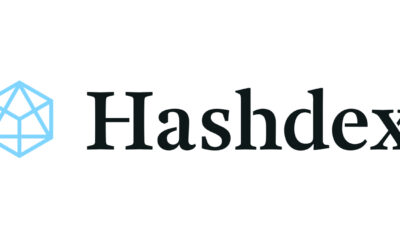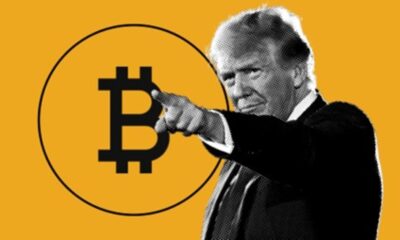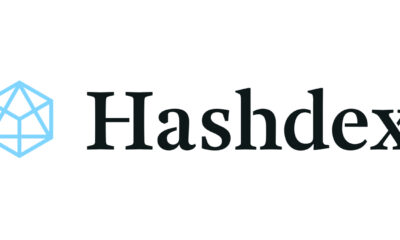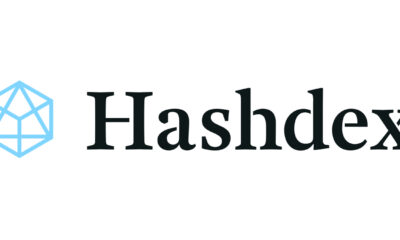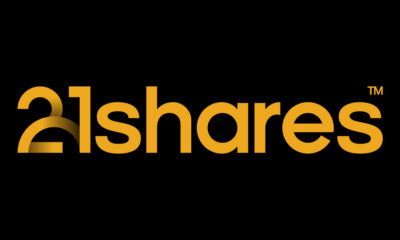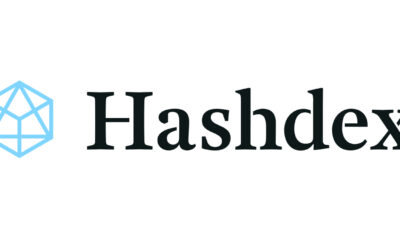ETF Securities Fixed Income Research: Open-ended debate over US debt ceiling
Highlights
The December vote for US government funding bill for fiscal 2018 is critical for investors.
- President Trump’s deal with the Democrats reduces the likelihood of a tax reform.
- The additional supply of US Treasuries is likely to be partly offset by rising international demand as the global economy recovers.
Open-ended debate over US debt ceiling
The US federal government has already reached the congressionally mandated debt ceiling – the total amount of money that the US government is allowed to borrow to meet its existing legal obligations and interests on its debt – of US$19.8tn in November last year.
In November 2015, the US Congress suspended the debt limit through March 2017. Since March, the US Treasury has been using tax revenues and funds that do not count toward federal debt, the so-called “extraordinary measures”, to meet its legal obligations. These measures were expected to be exhausted by October 2017, forcing President Trump and the Congress to negotiate a deal.
Early in September, President Trump made an unexpected deal with the Democrats to raise the debt limit, including US$15bn of emergency aid after hurricane Harvey hit the Texan coast in late August. The move also temporarily funds the government into early December, so-called “continuing resolution”.
However, the Appropriations funding legislation for 2018 has to pass the Congress vote on December 8 to avoid a government shutdown and a possible default. Therefore, while the debt ceiling debate might go beyond next year’s midterm elections, the December vote is critical for investors.
We believe Trump’s intentions go beyond the immediate need for funding, as he pledged to ”explore ways to depoliticize it [debt ceiling]”, ultimately questioning its legitimacy. For a new long-term debt ceiling bill to pass it needs 60 votes in the Senate. Because the Republicans hold only a slim minority in Senate with 52 seats, a bipartisan deal will be required. The last deal made by Trump with the Democrats suggests the President will compromise with its own party, notably on federal spending cuts, to ensure the debt ceiling will be increased. The political consequences of such a deal has threatened Trump’s credibility within its own camp and his plans on infrastructure spending and tax reforms.
Renewed fears of US fiscal cliff
The “safe haven” status of the US Treasury bills is at stake. The rating agencies Standard & Poor’s and Moody’s warned that a failure by Congress to increase the debt limit in a timely manner would likely imply a review of the current AAA (highest level) rating of the US sovereign debt. The Federal Reserve Bank of Philadelphia’s Partisan Conflict Index has risen to record highs in August along with the risk premiums on US Treasury short-term securities.
Market angst over the debt ceiling has significantly diminished since President Trump signed the temporary budget resolution earlier this month but we expect it to return as we approach December. The spread between 1- and 3-month Treasury bills has tightened after climbing as high as 27bps early September as investors repriced higher the default risk just before President Trump signed the debt relief bill.
In the worst-case scenario, a US default would trigger a disastrous financial crisis as US Treasuries account for about two-thirds of the US repo market. This market played a key role in the recent financial crisis as the difficulties for Bear Stearns and Lehman Brothers to borrow in this market led to their collapse. In the past, the US Congress has always lifted the debt ceiling to avoid default, although often at the very last minute such as after the government shut-down in October 2013.
Increased supply of US Treasuries
The Congressional Budget Office (CBO) projects the US deficit to rise from 3% of GDP to 8% of GDP over the next decade, with growth in revenues outpaced by growth in spending for federal benefits programs (Medicare and Medicaid) due to the aging US population and higher service costs on the government’s debt. Furthermore, the CBO estimated that in the absence of a change in the fiscal trajectory, the public debt would rise from 77% today to 150% of the GDP in three decades.
President Trump’s intended tax cuts and increased military spending would have an even greater impact on the US debt, in particular if there were no spending cuts elsewhere notably in benefits programs unchanged. For example, the tax plan Trump proposed during the campaign would add about US$7.2tn to the debt over a decade, as estimated by the Tax Policy Center.
Those accumulating deficits would significantly increase the issuance of US Treasury bonds and risk premiums are likely rise along with it due to degradation of the fiscal outlook. Some FOMC member such as former Fed’s Vice President Stanley Fischer have warned that “uncertainty about the outlook for government policy in health care, regulation, taxes, and trade can cause firms to delay projects until the policy environment clarifies” and ultimately hurts economic growth. The increased financing needs coupled to the Fed’s normalisation of its balance sheet potentially followed by other central banks might result in a higher supply of Treasuries in years to come.
The US Treasury market is concentrated, with China being the second biggest buyer, after Japan, holding just above US$1tn of US Treasuries (20% of the foreign holding of US government bonds). After declining since 2014, China’s holdings of US Treasuries have strongly rebounded since the beginning of the year as Chinese economy has recovered, the Renminbi appreciates and capital outflows have eased. We expect Chinese holdings of Treasuries to continue to grow towards US$1.3tn – total holdings prior to the currency devaluation in August 2015.
In addition, investors have reported high quality liquid assets (HQLA) shortage resulting from central banks’ large-scale purchase of government bonds. With improving economic conditions, banks assets are likely to rise in tandem with the demand for HQLA to meet the capital requirements under Basel III. Overall, we expect this additional supply to be partly offset in the medium term by an increasing international demand as the global economy recovers.
For more information contact:
ETF Securities Research team
ETF Securities (UK) Limited
T +44 (0) 207 448 4336
E info@etfsecurities.com
Important Information
This communication has been issued and approved for the purpose of section 21 of the Financial Services and Markets Act 2000 by ETF Securities (UK) Limited (“ETFS UK”) which is authorised and regulated by the United Kingdom Financial Conduct Authority (the “FCA”).
The information contained in this communication is for your general information only and is neither an offer for sale nor a solicitation of an offer to buy securities. This communication should not be used as the basis for any investment decision. Historical performance is not an indication of future performance and any investments may go down in value.

 Nyheter3 veckor sedan
Nyheter3 veckor sedan
 Nyheter4 veckor sedan
Nyheter4 veckor sedan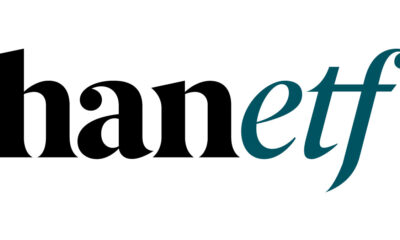
 Nyheter4 veckor sedan
Nyheter4 veckor sedan
 Nyheter3 veckor sedan
Nyheter3 veckor sedan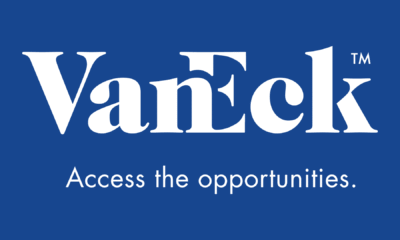
 Nyheter4 veckor sedan
Nyheter4 veckor sedan
 Nyheter2 veckor sedan
Nyheter2 veckor sedan
 Nyheter2 veckor sedan
Nyheter2 veckor sedan
 Nyheter4 veckor sedan
Nyheter4 veckor sedan
